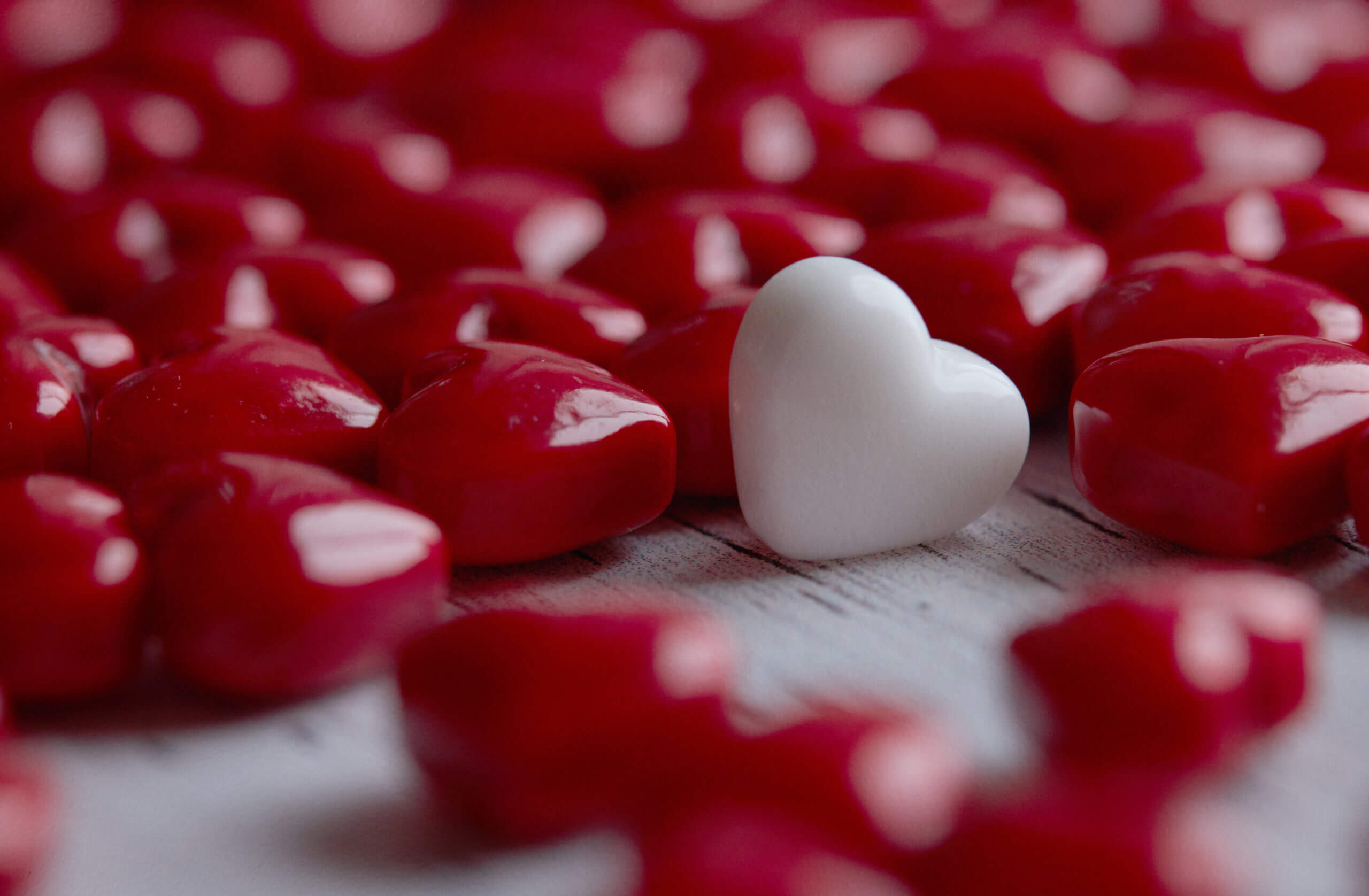Red and white hearts candy. Source:
Macro Mama from
StockSnap.
It is bizarre how quickly time flies by during the COVID-19 pandemic. Anxiety both for those who have put their hearts on the line through gifts on Valentine's Day and for those trying to interpret the gifts is finally over. One month has passed and another Valentine has arrived—but this time, a reversed one. As explained in the previous article about
Valentine’s Day celebrations, Japanese women traditionally give chocolates to
various men in their lives, especially to their loved ones or potential love interest, and after doing so long for gifts of their own on White Day. But what exactly is White Day? And the
same old question: who do you think benefits from this celebration? Men, women, or Japan's $11 billion chocolate industry?
The practice of returning the favor of Valentine’s gift was not established until in the
1980s when the
Japanese National Confectionery Industry Association successfully carried out a “reply day”— today’s “White Day”— referring to a special occasion for men to reciprocate the presents given by women on Valentine’s Day. More specifically, the National Confectionery Industry Association was inspired by “
Marshmallow Day” —a holiday that was invented by the Japanese confectionery company
Ishimuramanseido in 1977—in which men were encouraged to give women chocolate-filled marshmallows on March 14.
There are numerous explanations of the definition of the name “
White Day”, but the main reason appears to be that purity is symbolized by the color white, and younger Japanese generations tend to use it in expressions of teen love. As such, the reciprocated gifts should be “
white-themed” gifts. This could be white chocolate, white confectionaries, or women's accessories colored white. Unfortunately, giving gifts is not as simple as it might sound, since each gift has a hidden message behind it.
If Valentine’s gifts are ranked based on their value and the recipients’ importance to the givers, precisely the same principle is applied to the gifts doled out on White Day. However, the value of the return-gift plays a crucial role in showing men’s intention for the relationship. It would be considered
sacrilegious if the man does not return any gifts at all. If giving the equivalent amount of received gifts, it would indicate the givers’ intention to
end the relationship. Therefore, it is vital to keep in mind to always return with the slightly higher value of the received gift on Valentine’s Day.
However, when it comes to loved ones or love interests, the expectation is that the return gift should be three times more expensive than the Valentine's one: this is the so-called
sanbai gaeshi, which means “thrice the return”. Albeit, in the case of receiving
honmei choco—“true feeling chocolate”—on Valentine's Day and the receiver does not want to pursue the relationship, they can simply return with a gift of equal value on White Day.
Luxury chocolate box. Source:
pxhere.
As reported by the
Japan Anniversary Association, there has been a downturn from 53bn yen in 2017 to 49bn yen in 2019 regarding the spending on White Day in Japan. This can be partially explained by the fact that fewer women are giving "true love" chocolates to men on Valentine’s Day nowadays due to the high effort, high expenses, and high social pressures that the holiday exerts—not to mention a simple
decline in popularity. Since White Day is celebrated for men to thank women for the gifts given the previous month, if fewer women give out gifts, there will be fewer men reciprocating, and White Day will take a steep hit.
In accordance with the Japanese culture, where “
saving face” is a crucial concept, gift-giving is deeply rooted as well as reciprocating received gifts is obligatory. Fully aware of this, retail outlets tend to take advantage of the practice by trying to peddle their merchandise as “
okaeshi”: gifts given as thanks for receiving gifts. As a result, White Day is reported as a holiday on which prices are set higher than normal—a day in which chocolate-filled marshmallows
cost more than chocolate.
Since the return-gifts have to be higher in value than the received ones, it is the golden chance for Japanese stores to increase their revenues. Chocolates for Valentine’s Day and White Day in diverse limited editions are already available in stores by
January. To make sure that the chocolates are appealing to consumers, the stores have to prepare aesthetically pleasing packaging with a range of
portion sizes to satisfy the requirements of the givers—the two-piece chocolate set is for friends, the five-piece chocolate set is for colleagues, and the twelve-piece set for a romantic interest.
After all, for the time being, giving chocolates is still the safest way for women to confess their feelings on February 14 and for men to reciprocate those feelings on March 14. The difference between the chocolates given on Valentine’s Day and the chocolates given on White Day is that men are obliged to present women with more expensive chocolates on White Day than the ones they have received in the month prior.
So, once again, who do you think benefits from this celebration? Men, women, or Japan's $11 billion chocolate industry?


